Home>Furniture & Design>Outdoor Furniture>How Do Outdoor Solar Lights Work?
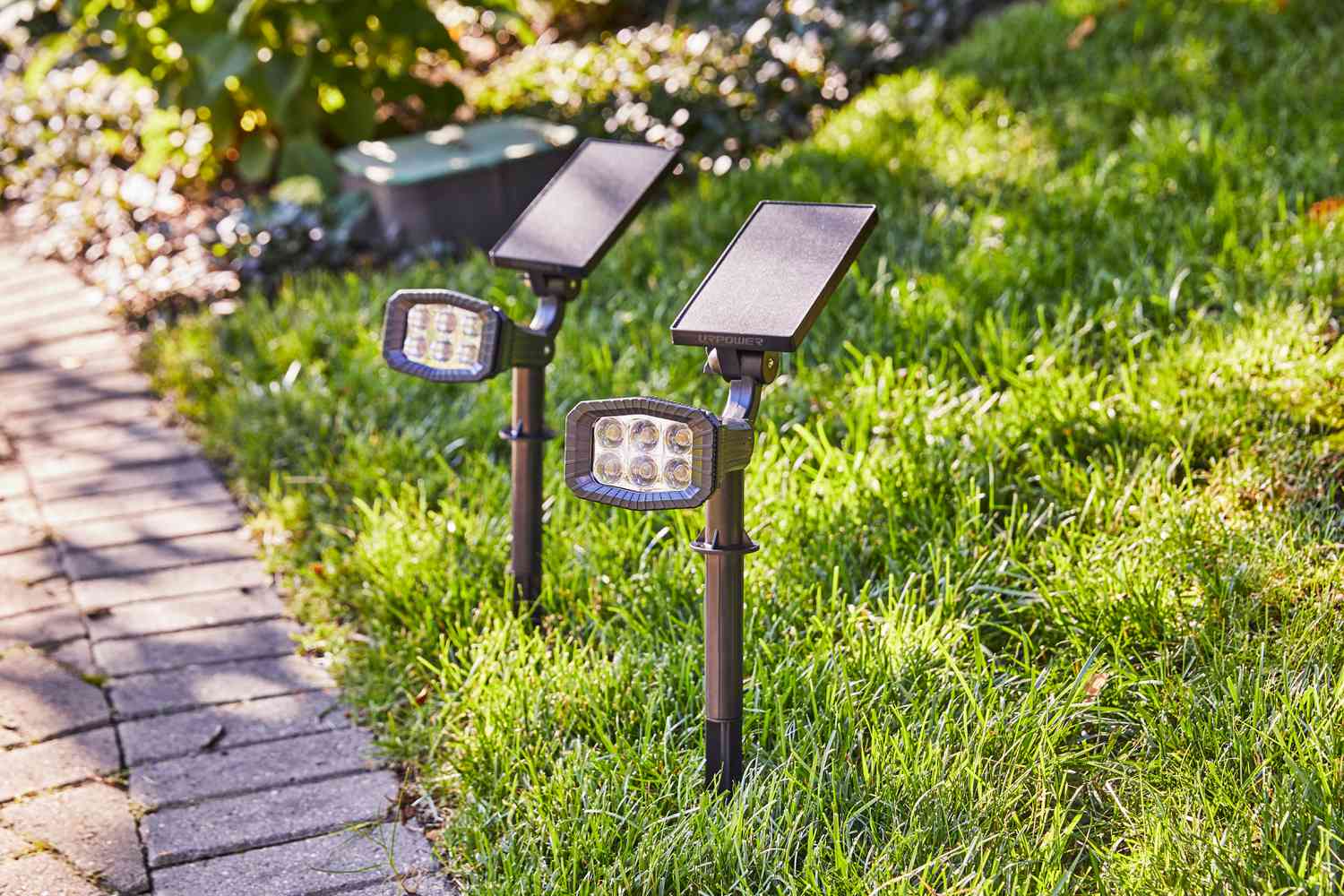

Outdoor Furniture
How Do Outdoor Solar Lights Work?
Modified: November 1, 2024
Discover how outdoor solar lights work and enhance your outdoor-furniture-furniture-and-design with eco-friendly lighting solutions. Learn about the benefits of solar-powered outdoor lighting.
(Many of the links in this article redirect to a specific reviewed product. Your purchase of these products through affiliate links helps to generate commission for Storables.com, at no extra cost. Learn more)
Introduction
Outdoor solar lights have become increasingly popular in recent years, offering an eco-friendly and cost-effective lighting solution for gardens, patios, pathways, and other outdoor spaces. These innovative lighting fixtures harness the power of the sun to illuminate outdoor areas, eliminating the need for traditional electrical wiring and significantly reducing energy costs.
As awareness of environmental sustainability grows, more homeowners and businesses are turning to outdoor solar lights as a practical and environmentally conscious lighting option. Understanding how these solar-powered lights work, their components, types, and maintenance requirements can help individuals make informed decisions about incorporating them into their outdoor spaces.
In this comprehensive guide, we will delve into the components and working principles of outdoor solar lights, explore the various types available in the market, weigh their advantages and disadvantages, and provide insights into their maintenance and troubleshooting. By the end of this article, you will have a thorough understanding of outdoor solar lights, empowering you to make informed choices when considering them for your outdoor lighting needs.
Key Takeaways:
- Outdoor solar lights use sunlight to power up and illuminate outdoor spaces, reducing energy costs and environmental impact. They are easy to maintain and offer various types for different lighting needs.
- While outdoor solar lights offer energy efficiency and cost savings, they depend on sunlight and may require occasional maintenance. Understanding their components and working principle can help maximize their benefits.
Read more: Why Do Outdoor Solar Lights Stop Working?
Components of Outdoor Solar Lights
Outdoor solar lights consist of several key components that work together to harness and utilize solar energy for illumination. Understanding these components is crucial for comprehending the functionality of these innovative lighting fixtures. The primary components of outdoor solar lights include:
- Solar Panel: The solar panel is the core component of outdoor solar lights. It is responsible for capturing sunlight and converting it into electrical energy through the photovoltaic effect. These panels are typically made of high-quality, durable materials such as monocrystalline or polycrystalline silicon, ensuring optimal energy conversion.
- Battery: The battery serves as the energy storage unit for outdoor solar lights. It stores the electrical energy generated by the solar panel during the day, allowing the lights to function during the night or in low-light conditions. Rechargeable and long-lasting batteries, such as lithium-ion or nickel-metal hydride (NiMH) batteries, are commonly used in solar lighting systems.
- LED Bulbs: Light Emitting Diode (LED) bulbs are the primary light sources in outdoor solar lights. These energy-efficient bulbs produce bright, focused illumination while consuming minimal power. LED technology ensures extended operational life and reliable performance, making it an ideal choice for solar-powered lighting applications.
- Controller: The controller regulates the charging and discharging of the battery, optimizing energy utilization and protecting the battery from overcharging or deep discharging. It also manages the operation of the LED lights, ensuring efficient and reliable illumination based on ambient light conditions.
- Sensors: Many outdoor solar lights are equipped with built-in sensors, such as motion sensors or light sensors, to enhance energy efficiency and provide tailored lighting solutions. Motion sensors detect movement, activating the lights when activity is detected, while light sensors enable automatic dusk-to-dawn operation, turning the lights on at night and off during daylight hours.
- Enclosure and Mounting Hardware: The enclosure of outdoor solar lights is designed to withstand various weather conditions, ensuring durability and long-term performance. Additionally, mounting hardware, such as stakes, brackets, or poles, facilitates easy installation in outdoor environments, allowing for versatile placement options.
By comprehending the roles and interactions of these components, individuals can gain a deeper appreciation for the functionality and benefits of outdoor solar lights. The seamless integration of these elements enables solar-powered lighting systems to deliver reliable, sustainable, and aesthetically pleasing illumination for outdoor spaces.
Working Principle of Outdoor Solar Lights
The working principle of outdoor solar lights revolves around the utilization of solar energy to power the illumination process. This sustainable approach to lighting offers numerous benefits, including reduced energy consumption, cost savings, and environmental friendliness. Understanding the working principle of outdoor solar lights provides insight into their efficient and eco-conscious operation.
When exposed to sunlight, the solar panel within the outdoor solar light absorbs photons, initiating the photovoltaic effect. This process allows the solar cells within the panel to release electrons, generating a flow of direct current (DC) electricity. The generated electrical energy is then transferred to the battery, where it is stored for later use.
As daylight transitions into dusk, the built-in light sensor or timer activates the LED bulbs, drawing power from the charged battery. The LED bulbs emit bright, focused light, providing illumination for outdoor spaces. In the case of solar lights equipped with motion sensors, the detection of movement triggers the activation of the LED bulbs, offering enhanced security and convenience.
Throughout the night, the controller optimizes the energy flow, ensuring efficient operation and preventing overcharging or deep discharging of the battery. When daylight returns, the solar panel resumes the absorption of sunlight, initiating the charging cycle to replenish the battery’s energy reserves for the next evening’s use.
This seamless cycle of solar energy absorption, storage, and utilization enables outdoor solar lights to function autonomously, without the need for external power sources or complex wiring. The sustainable utilization of solar energy not only reduces electricity costs but also minimizes the environmental impact associated with traditional lighting solutions.
By harnessing the power of the sun and employing sophisticated energy management mechanisms, outdoor solar lights offer a reliable and eco-friendly lighting solution for various outdoor applications. Their working principle exemplifies the fusion of renewable energy and innovative technology, paving the way for sustainable and aesthetically pleasing outdoor illumination.
Types of Outdoor Solar Lights
Outdoor solar lights are available in a diverse range of types, each tailored to specific lighting requirements and aesthetic preferences. Understanding the various types of outdoor solar lights enables individuals to select the most suitable options for their outdoor spaces, catering to both functional and decorative lighting needs. The following are some popular types of outdoor solar lights:
- Solar Path Lights: Designed to illuminate pathways, driveways, and garden walkways, solar path lights offer practical and visually appealing lighting solutions. These fixtures are available in a variety of styles and finishes, enhancing the aesthetic appeal of outdoor landscapes while providing safe and well-lit pathways.
- Solar Spotlights: Ideal for accentuating architectural features, landscaping elements, and outdoor focal points, solar spotlights deliver focused and adjustable illumination. These lights are often equipped with adjustable heads or lenses, allowing for precise light direction and highlighting specific areas of interest.
- Solar Flood Lights: Offering broad and powerful illumination, solar flood lights are suitable for illuminating larger outdoor areas, such as yards, parking lots, and outdoor recreational spaces. These lights provide enhanced visibility and security, deterring intruders and enhancing safety in expansive outdoor environments.
- Solar String Lights: Adding a whimsical and enchanting ambiance to outdoor gatherings and events, solar string lights are popular for decorating patios, gazebos, and outdoor entertaining areas. These lights feature decorative bulbs connected by a weather-resistant cord, creating a charming and energy-efficient lighting display.
- Solar Wall Lights: Mounted on exterior walls, fences, or pillars, solar wall lights offer functional and decorative lighting for outdoor spaces. These lights contribute to ambient illumination, accentuating architectural elements and providing added visibility around entrances, pathways, and outdoor seating areas.
- Solar Lanterns: Infusing outdoor settings with a touch of elegance and nostalgia, solar lanterns are versatile lighting fixtures suitable for tabletops, hanging installations, and garden accents. These lanterns evoke a warm and inviting atmosphere, making them ideal for outdoor dining areas, patios, and garden retreats.
Each type of outdoor solar light is designed to fulfill specific lighting objectives, catering to both practical and aesthetic considerations. Whether seeking functional pathway illumination, accent lighting for landscaping, or decorative ambiance for outdoor gatherings, the diverse range of solar lighting options ensures that individuals can find the perfect fixtures to enhance their outdoor environments.
Advantages and Disadvantages of Outdoor Solar Lights
Outdoor solar lights offer a multitude of benefits, ranging from energy efficiency and cost savings to environmental sustainability and versatile installation options. However, it is important to consider both the advantages and disadvantages to make informed decisions about integrating these lighting solutions into outdoor spaces.
Read more: How To Fix Outdoor Solar Lights
Advantages:
- Energy Efficiency: Outdoor solar lights harness renewable solar energy, reducing reliance on traditional electricity and minimizing carbon emissions associated with energy production.
- Cost Savings: By utilizing solar power, outdoor solar lights eliminate electricity costs, resulting in long-term financial savings for homeowners and businesses.
- Environmentally Friendly: Solar-powered lighting contributes to environmental sustainability by utilizing clean energy and reducing the ecological impact of conventional lighting technologies.
- Easy Installation: With no need for complex wiring or electrical connections, outdoor solar lights offer hassle-free installation, allowing for flexible placement and relocation as needed.
- Low Maintenance: Solar lighting systems require minimal maintenance, as they do not rely on external power sources and feature durable components designed for outdoor use.
- Enhanced Safety and Security: Solar lights contribute to outdoor safety by providing illumination for pathways, driveways, and outdoor areas, while motion-sensing features enhance security measures.
- Aesthetic Appeal: The availability of various styles and designs allows outdoor solar lights to enhance the visual appeal of outdoor spaces, complementing landscaping and architectural features.
Disadvantages:
- Dependence on Sunlight: The functionality of outdoor solar lights is dependent on sunlight availability, which may affect performance during extended periods of inclement weather or limited daylight hours.
- Initial Investment: While solar lights offer long-term savings, the initial investment in quality solar lighting fixtures and components may be higher than traditional lighting options.
- Light Intensity and Duration: Solar lights may have varying light intensity and duration based on the amount of solar energy stored, potentially requiring adjustments in positioning and battery capacity for optimal performance.
- Battery Maintenance: Over time, solar light batteries may require replacement or maintenance to sustain optimal performance, adding to the long-term cost considerations.
- Placement Considerations: Proper placement and positioning of solar panels and lights are crucial for maximizing sunlight exposure and ensuring effective illumination, requiring thoughtful planning during installation.
By weighing the advantages and disadvantages of outdoor solar lights, individuals can make informed choices that align with their lighting needs, budget considerations, and environmental objectives. Despite potential limitations, the numerous benefits of solar-powered lighting make it a compelling and sustainable option for enhancing outdoor environments.
Maintenance and Troubleshooting
Maintaining outdoor solar lights is essential for ensuring optimal performance, longevity, and reliable illumination. Additionally, understanding common troubleshooting techniques can help address issues and maximize the effectiveness of solar lighting systems. By implementing proper maintenance practices and addressing potential concerns, individuals can maximize the benefits of their outdoor solar lights.
Maintenance Tips:
- Regular Cleaning: Periodically clean the solar panels and light fixtures to remove dirt, dust, and debris that may obstruct sunlight absorption and reduce illumination efficiency.
- Battery Care: Inspect the batteries for signs of corrosion, and replace them as needed to maintain consistent energy storage and discharge capabilities.
- Positioning Adjustment: Ensure that the solar panels and lights are positioned to receive ample sunlight throughout the day, optimizing energy absorption and illumination duration.
- Weatherproofing Check: Verify the integrity of the light enclosures and mounting hardware, ensuring that they remain weatherproof and resistant to outdoor elements such as rain, snow, and UV exposure.
- Component Inspection: Regularly inspect the wiring, connections, and components for signs of wear, damage, or loose fittings, addressing any issues promptly to maintain system integrity.
- Seasonal Considerations: Adjust the positioning and maintenance of outdoor solar lights based on seasonal changes, such as foliage growth, to optimize sunlight exposure and performance.
Read more: How Do Solar Attic Fans Work
Troubleshooting Techniques:
- Inadequate Illumination: If the lights are not illuminating as expected, check the positioning of the solar panels and ensure that they receive direct sunlight for optimal energy absorption.
- Dim or Flickering Lights: Clean the solar panels and light fixtures to improve light output, and inspect the battery capacity and condition for potential replacements or adjustments.
- Intermittent Operation: Verify the integrity of the connections, wiring, and controller settings to address intermittent operation issues, ensuring consistent functionality.
- Battery Drainage: If the batteries discharge quickly, consider replacing them with high-quality, long-lasting alternatives and ensure that the controller is effectively managing energy utilization.
- Motion Sensor Malfunction: Test and adjust the motion sensor settings, ensuring that they are responsive and accurately detect movement for enhanced security and energy efficiency.
- Weather-Related Issues: Address any weather-induced damage or performance issues promptly, and consider seasonal adjustments to optimize solar light functionality throughout the year.
By adhering to proactive maintenance practices and employing effective troubleshooting techniques, individuals can preserve the functionality and efficiency of their outdoor solar lights. These efforts contribute to prolonged system longevity, sustained energy savings, and reliable illumination for outdoor spaces, reinforcing the appeal and practicality of solar-powered lighting solutions.
Outdoor solar lights work by capturing sunlight during the day with solar panels, which convert it into electricity to charge the built-in batteries. At night, the batteries power the LED lights, providing illumination without the need for electricity.
Conclusion
Outdoor solar lights represent a sustainable, versatile, and aesthetically pleasing lighting solution for a wide array of outdoor environments. By harnessing the power of the sun, these innovative lighting fixtures offer numerous advantages, including energy efficiency, cost savings, and environmental friendliness. The seamless integration of solar panels, batteries, LED bulbs, and intelligent controllers enables autonomous and reliable illumination, enhancing the safety, security, and visual appeal of outdoor spaces.
Understanding the components and working principle of outdoor solar lights provides valuable insight into their efficient operation and benefits. The diverse types of solar lights cater to various lighting needs, offering practical pathway illumination, accent lighting for landscaping, decorative ambiance for outdoor gatherings, and enhanced security measures. Moreover, the advantages of solar-powered lighting, such as energy efficiency, cost savings, and easy installation, make it a compelling choice for homeowners and businesses seeking sustainable lighting solutions.
While outdoor solar lights offer numerous benefits, it is essential to consider potential limitations, such as dependence on sunlight, initial investment costs, and occasional maintenance requirements. By weighing these factors and implementing proper maintenance practices, individuals can maximize the effectiveness and longevity of their solar lighting systems, ensuring consistent and reliable performance throughout the year.
In conclusion, outdoor solar lights exemplify the synergy of renewable energy and innovative technology, offering a compelling and eco-conscious lighting solution for modern outdoor spaces. Their ability to provide sustainable, cost-effective, and visually appealing illumination underscores their significance in enhancing outdoor environments while contributing to environmental sustainability. As the demand for environmentally friendly and efficient lighting options continues to rise, outdoor solar lights stand as a beacon of sustainable innovation, illuminating outdoor spaces with both practicality and eco-conscious elegance.
Frequently Asked Questions about How Do Outdoor Solar Lights Work?
Was this page helpful?
At Storables.com, we guarantee accurate and reliable information. Our content, validated by Expert Board Contributors, is crafted following stringent Editorial Policies. We're committed to providing you with well-researched, expert-backed insights for all your informational needs.
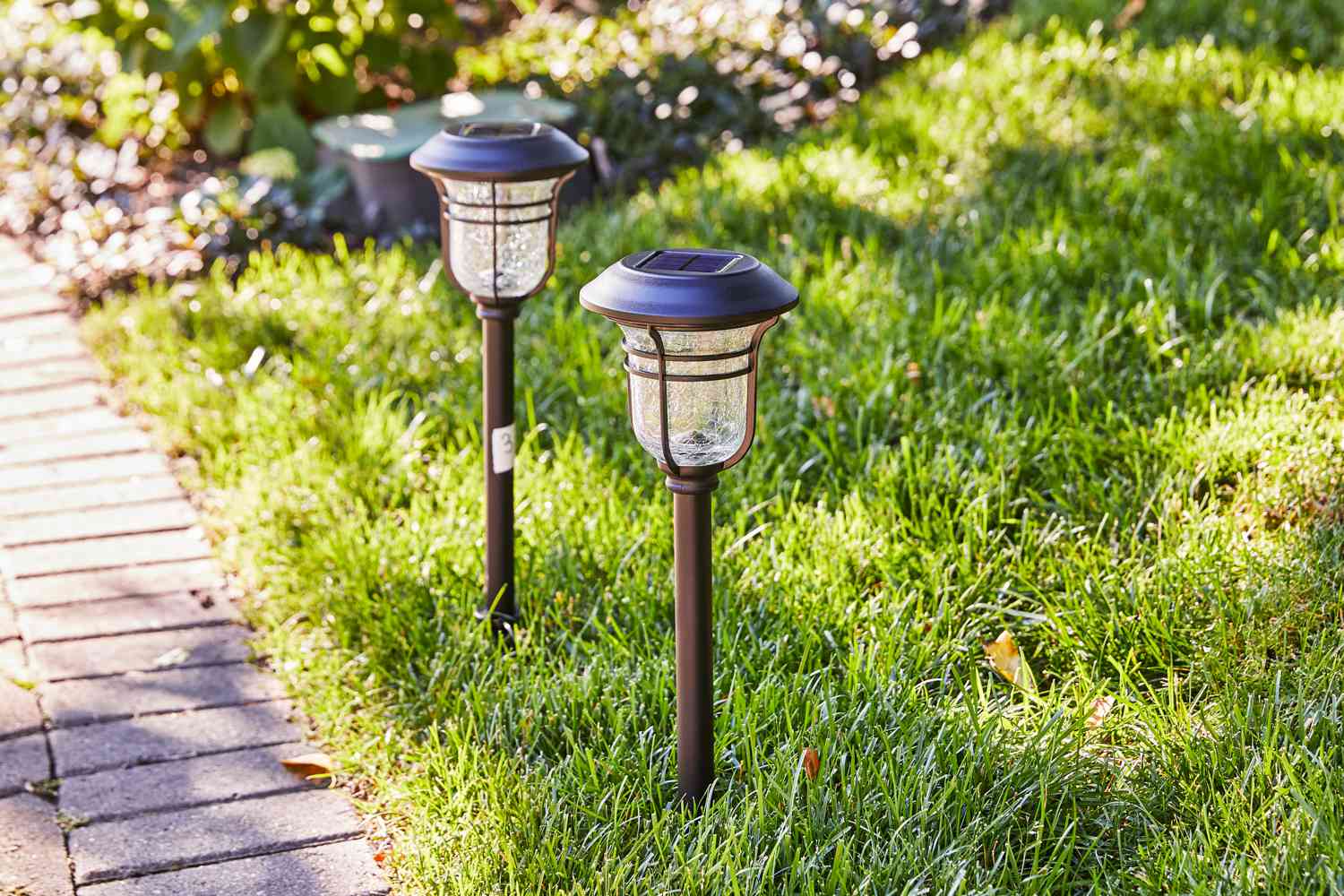

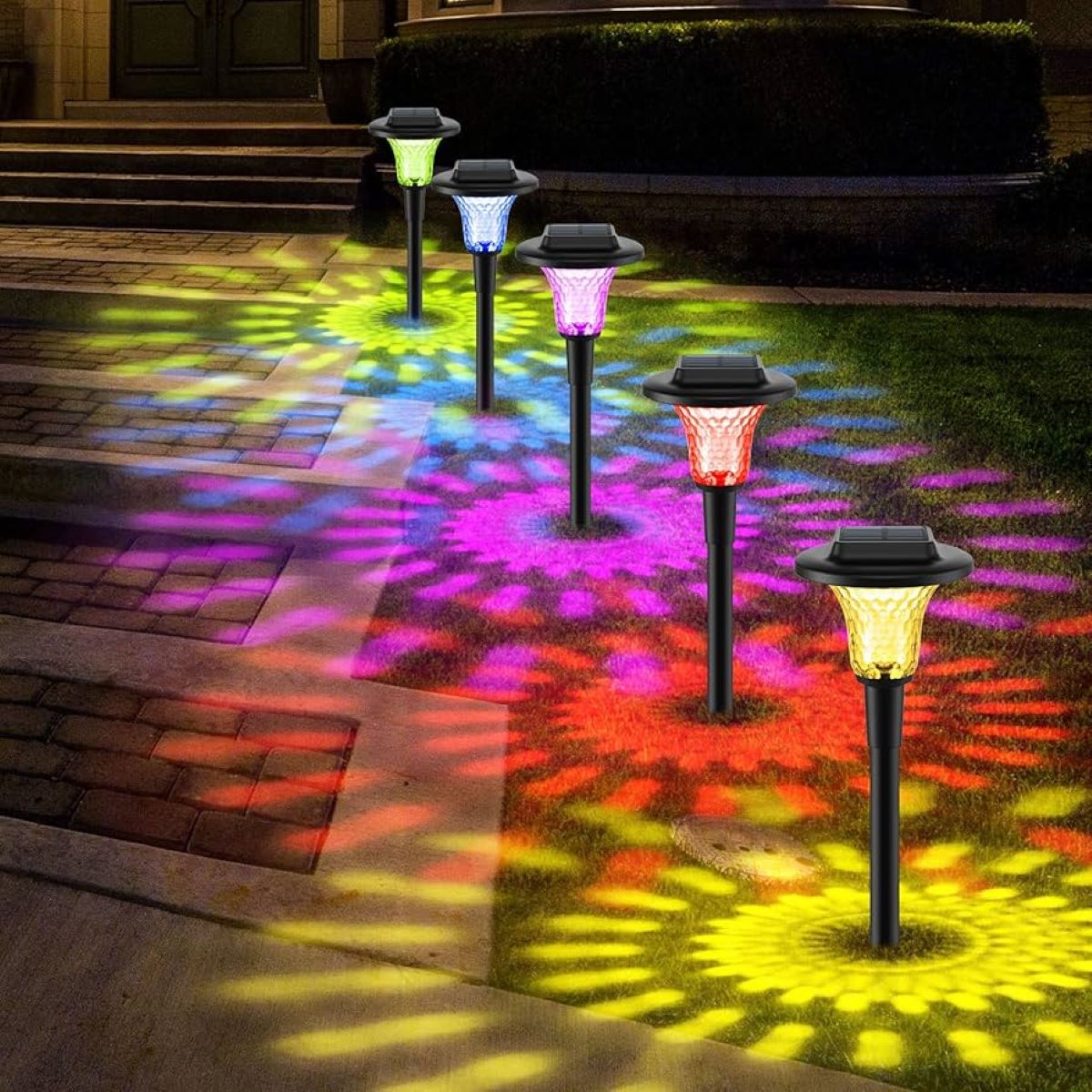
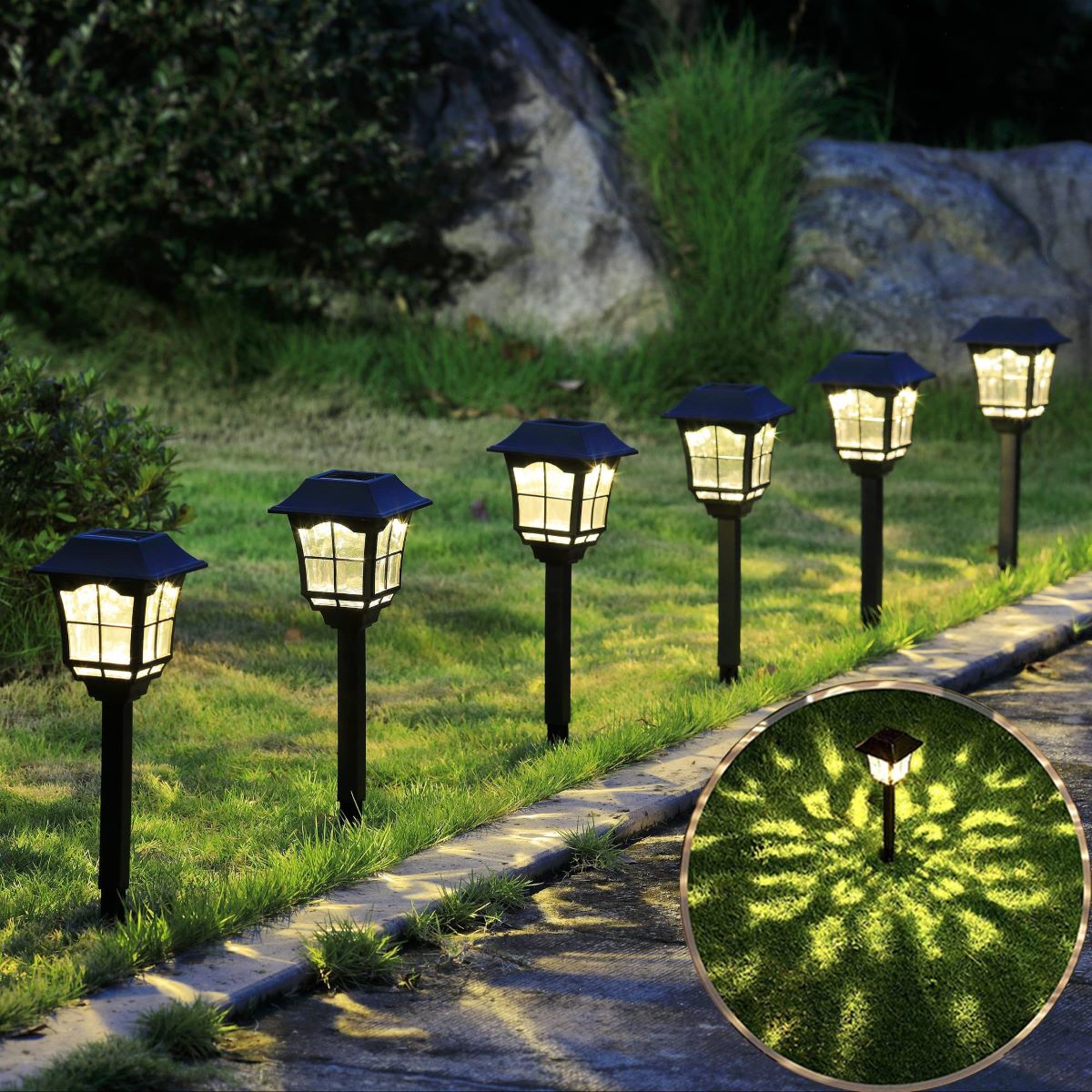
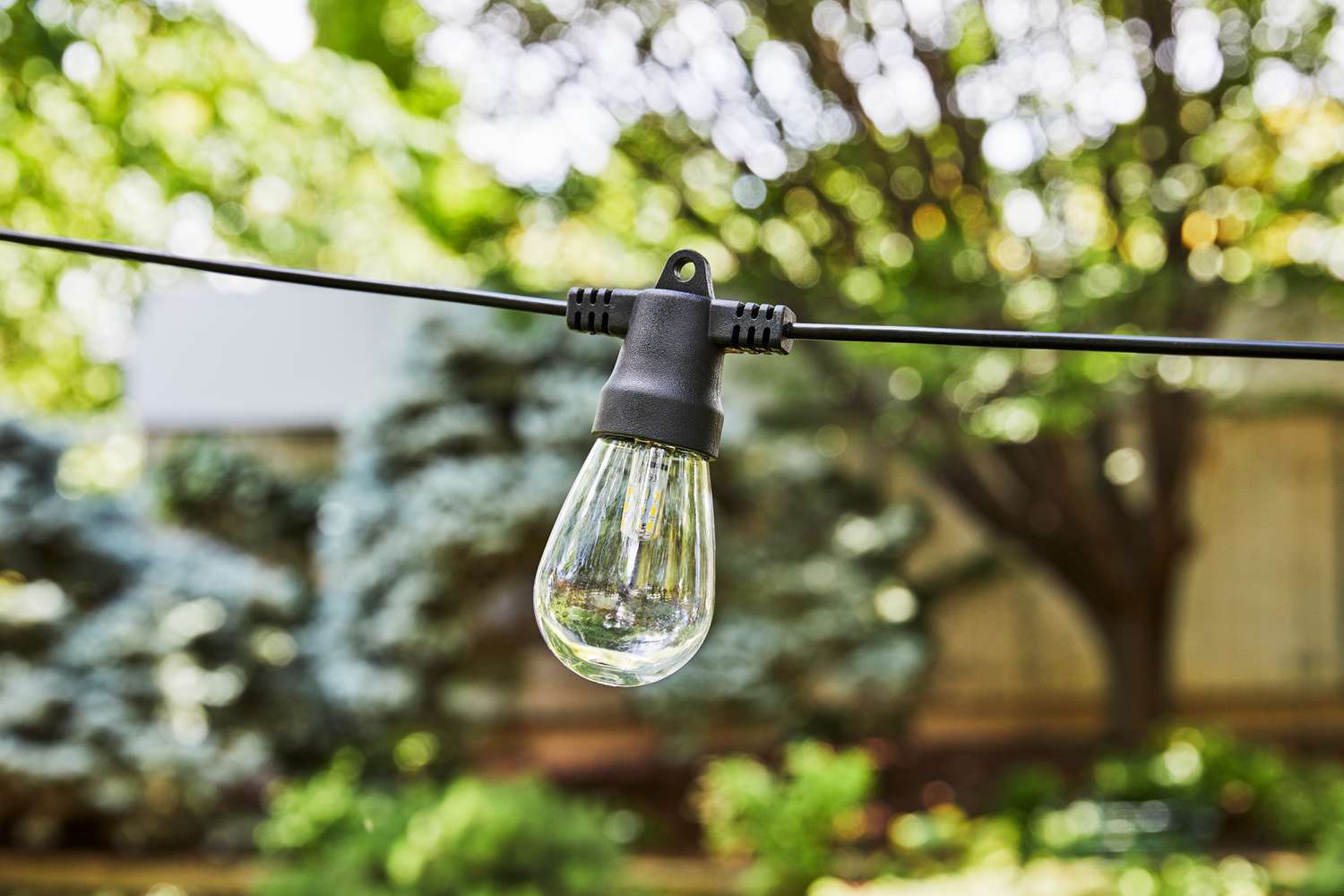
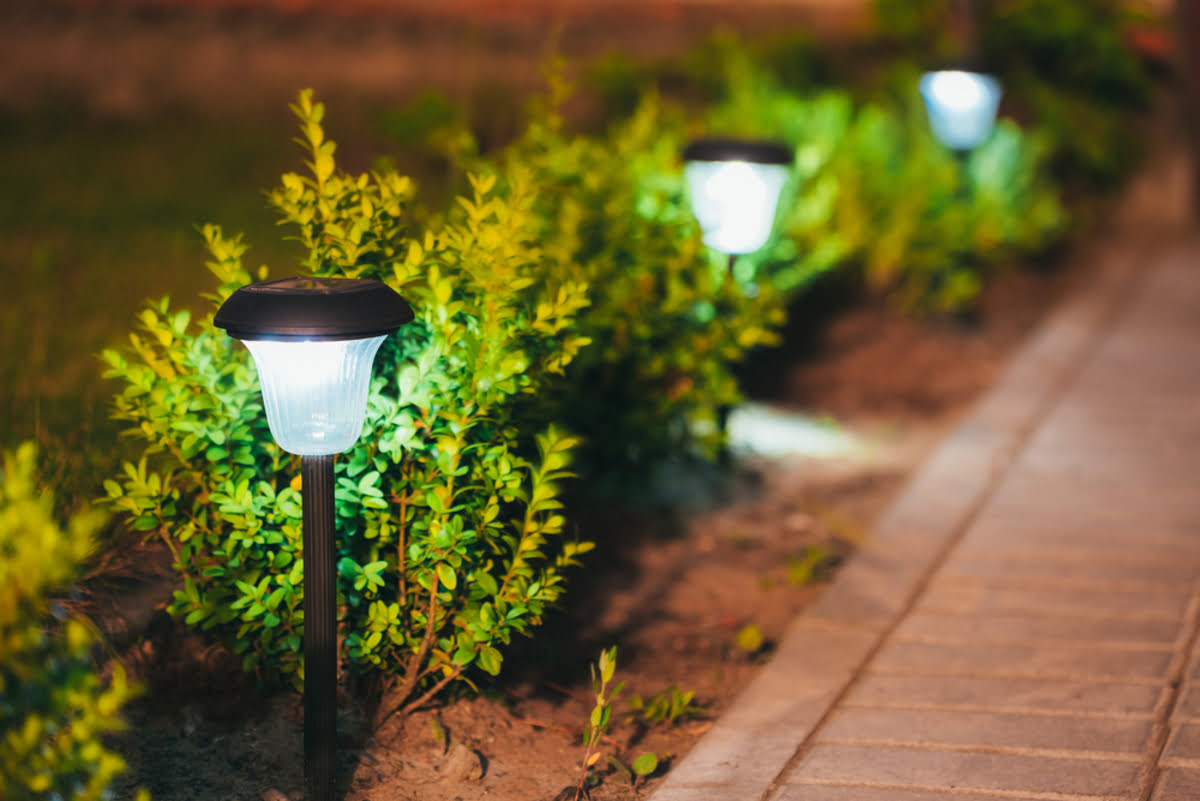
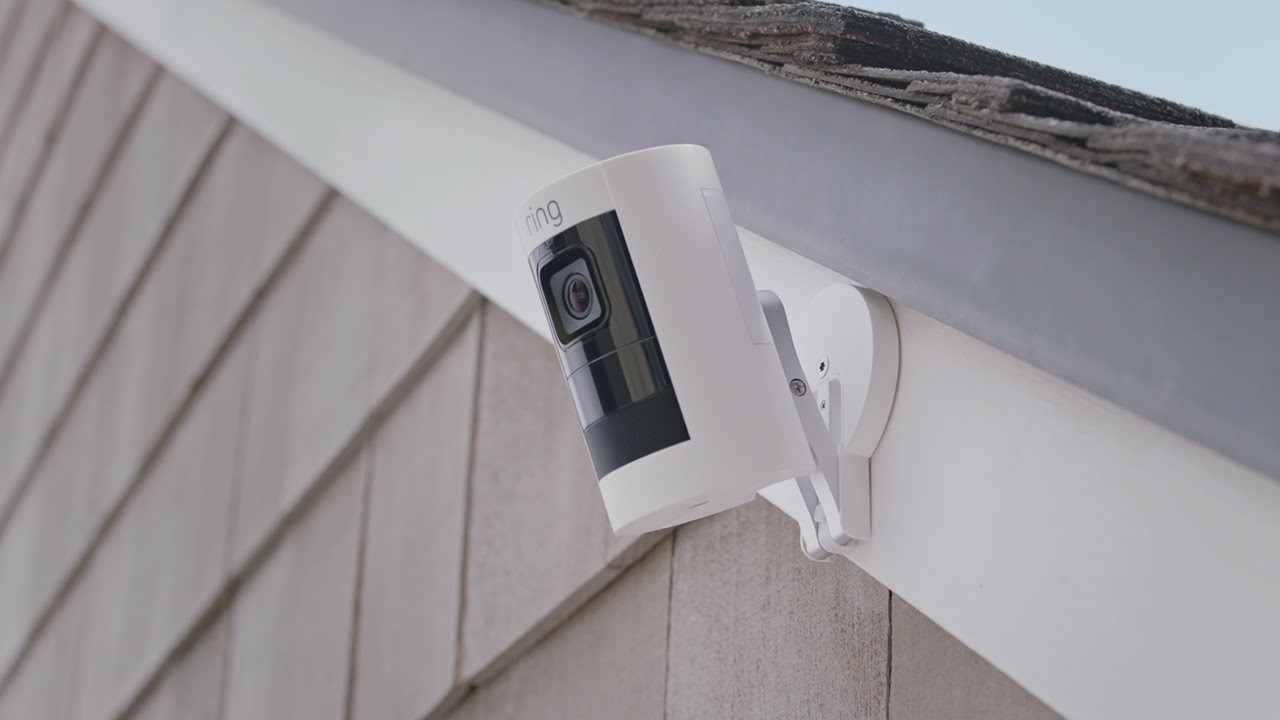
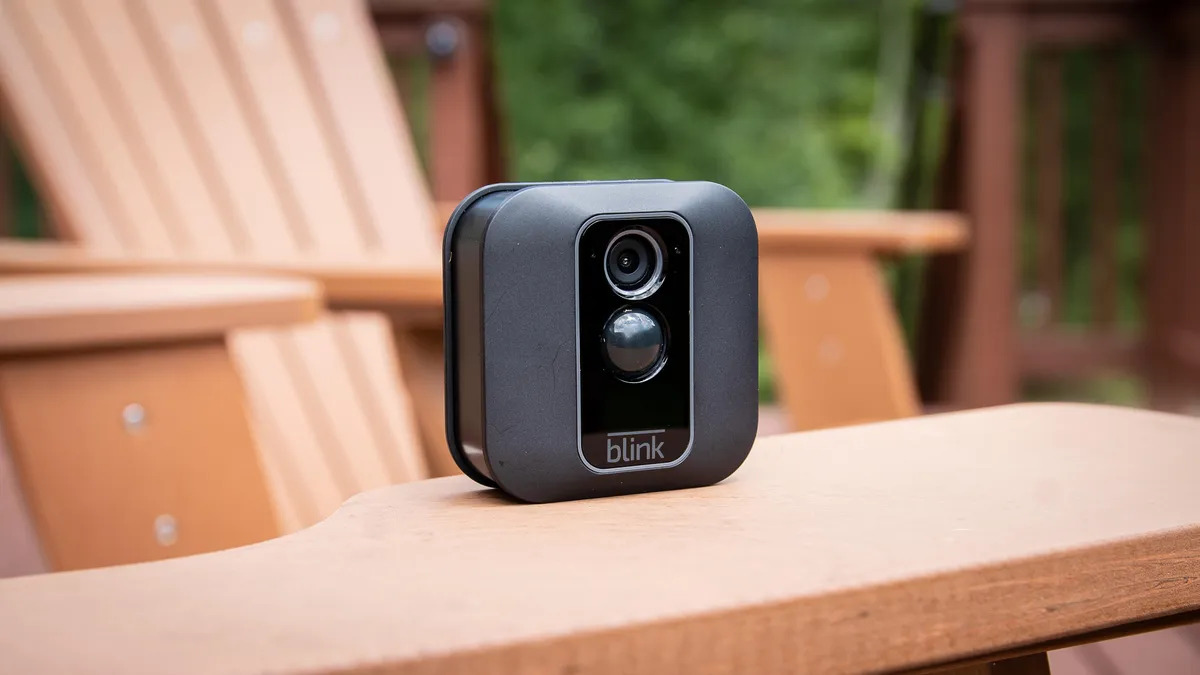
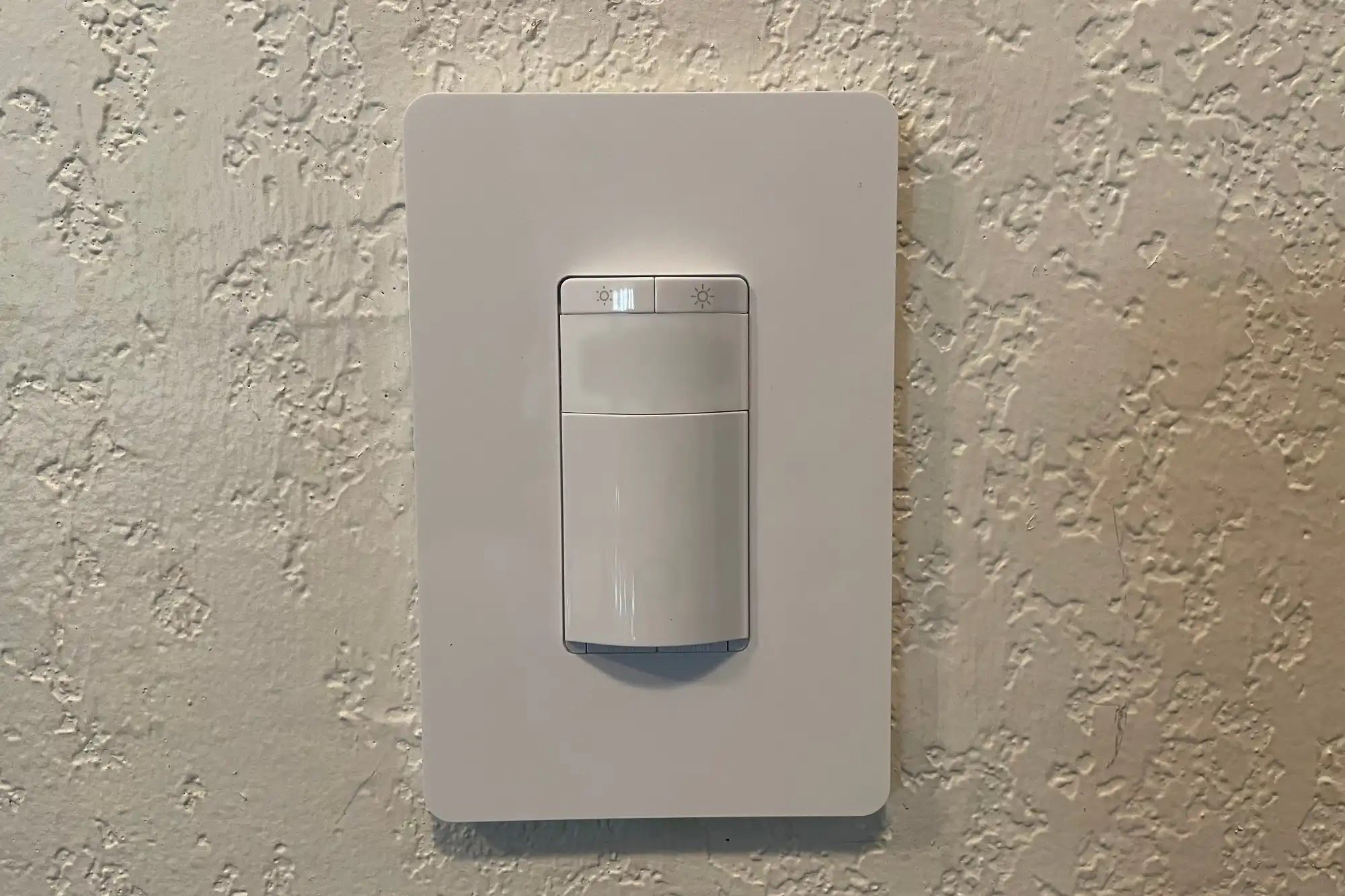

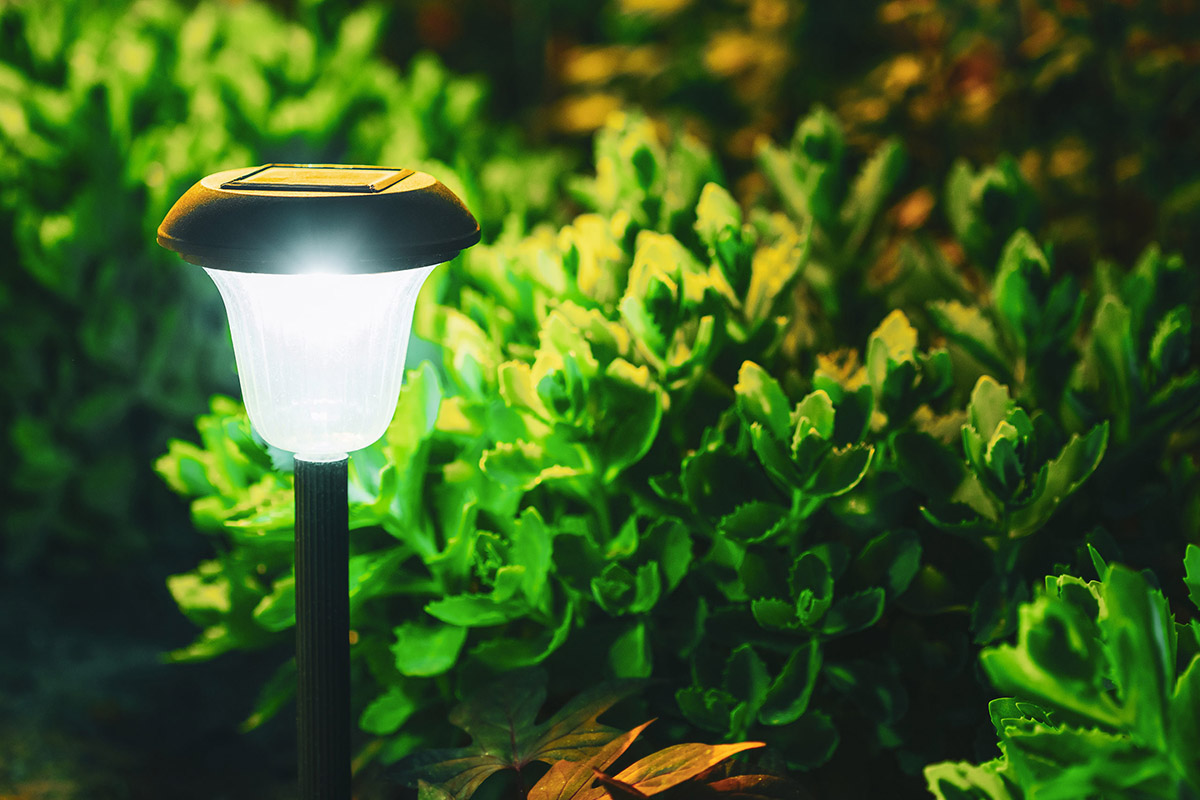
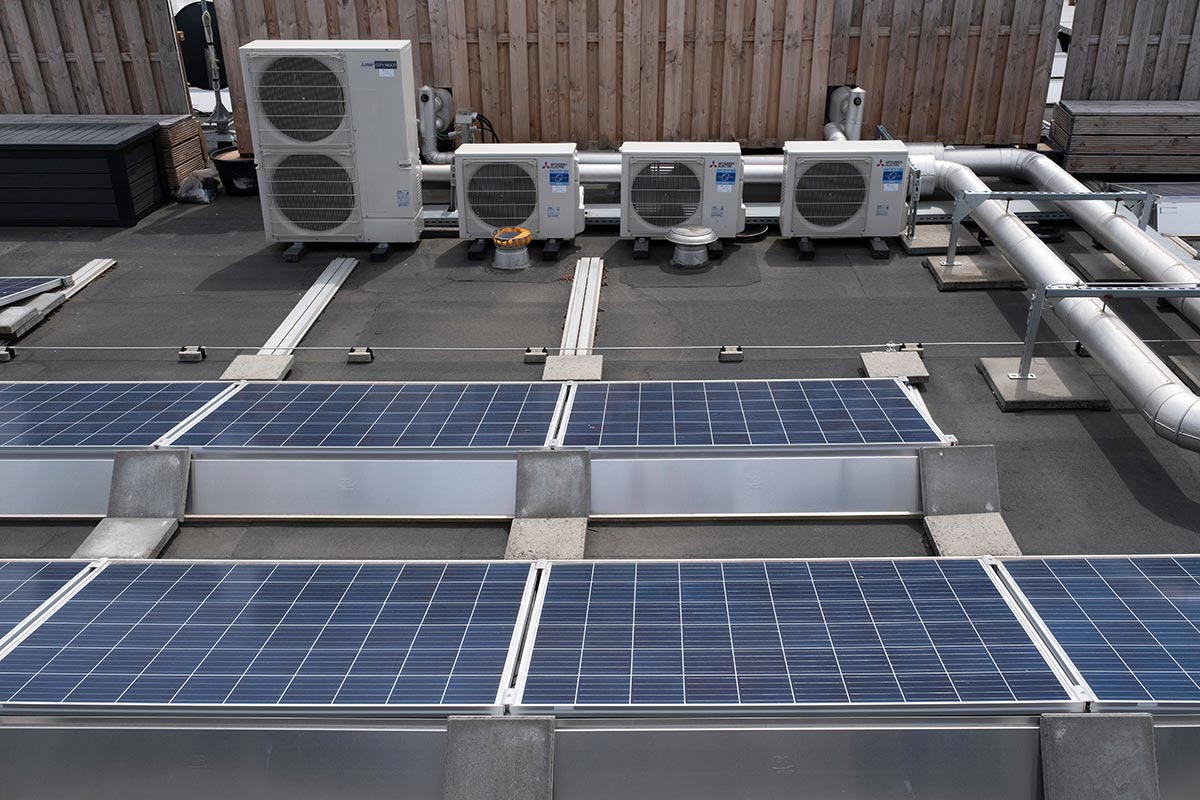


0 thoughts on “How Do Outdoor Solar Lights Work?”